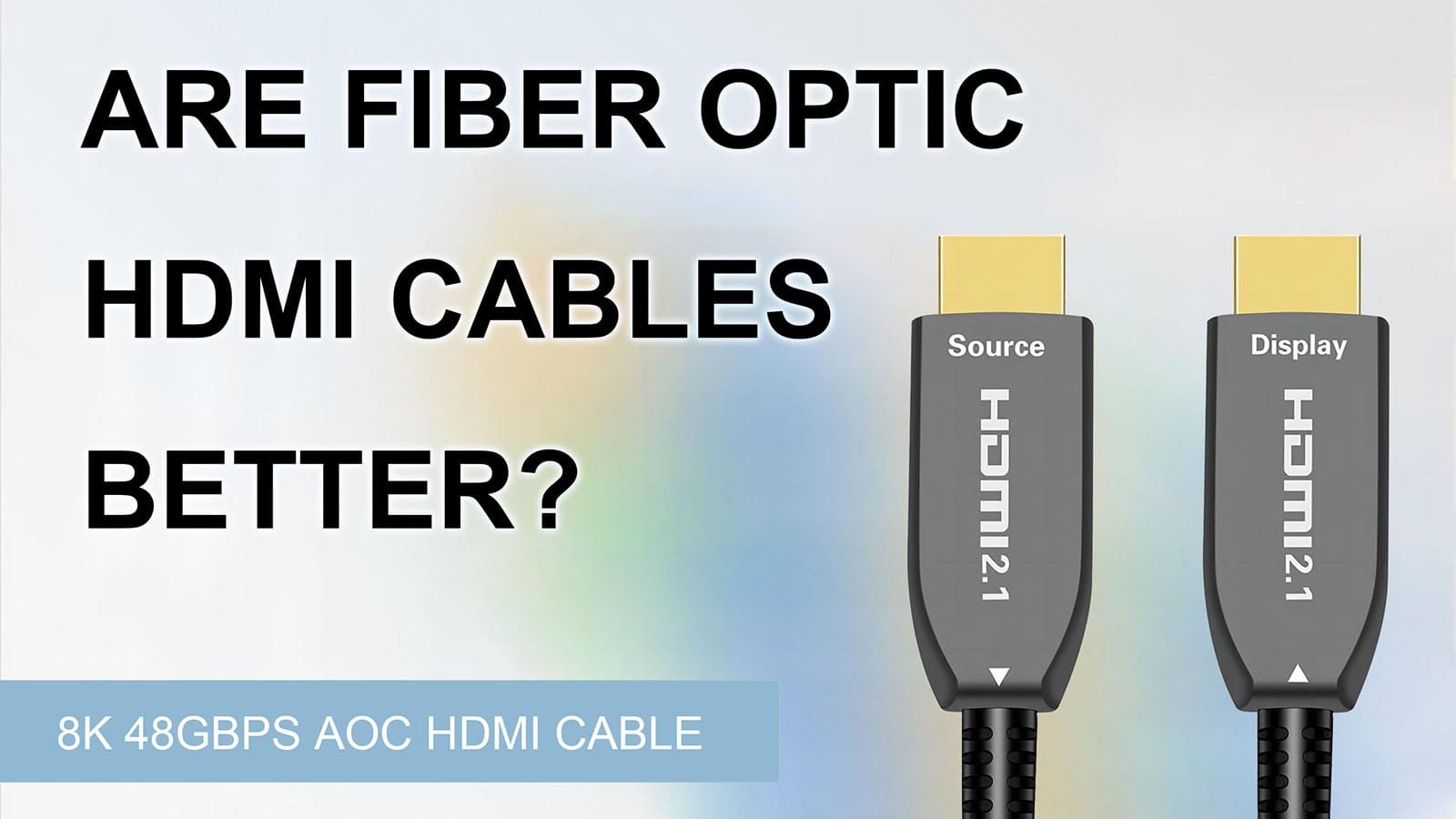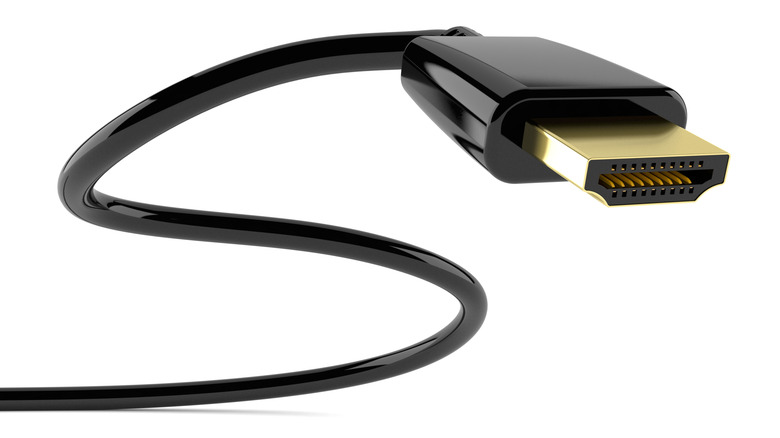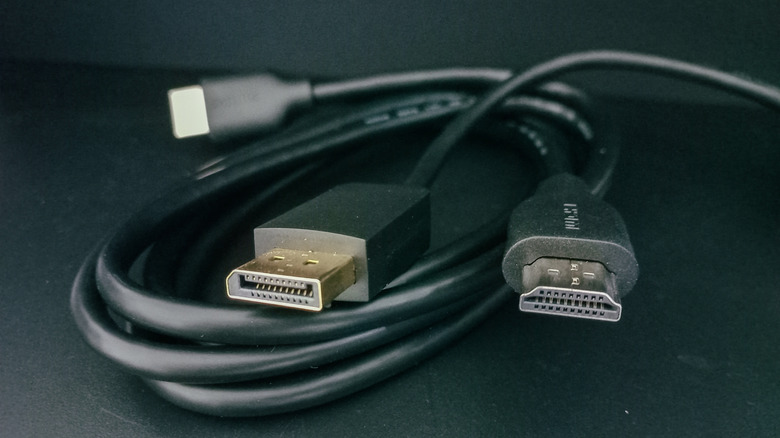We may earn a commission from purchases made through links.
HDMI serves as a primary connection for audio and video (AV) devices in today’s technology. Suitable for a range of equipment including TVs, AV receivers, sound bars, and streaming gadgets, HDMI cables come in various lengths. However, while HDMI technology is typically dependable, a common worry is the maximum length of an HDMI cable before it compromises quality.
Regrettably, the solution isn’t as straightforward as a single figure, since HDMI performance — irrespective of cable length — is influenced by factors such as resolution, refresh rate, the materials used in the HDMI cable, and whether it is a passive or active wire. AV experts generally concur on a “safe bet” range of 25 to 50 feet.
This doesn’t imply that choosing a high-quality 60-foot cable puts you in jeopardy, but generally, HDMI cables exceeding 50 feet tend to have a higher risk of signal degradation in comparison to shorter cables. Beyond this length, you’re more likely to encounter visual glitches, audio dropouts, or total signal loss.


